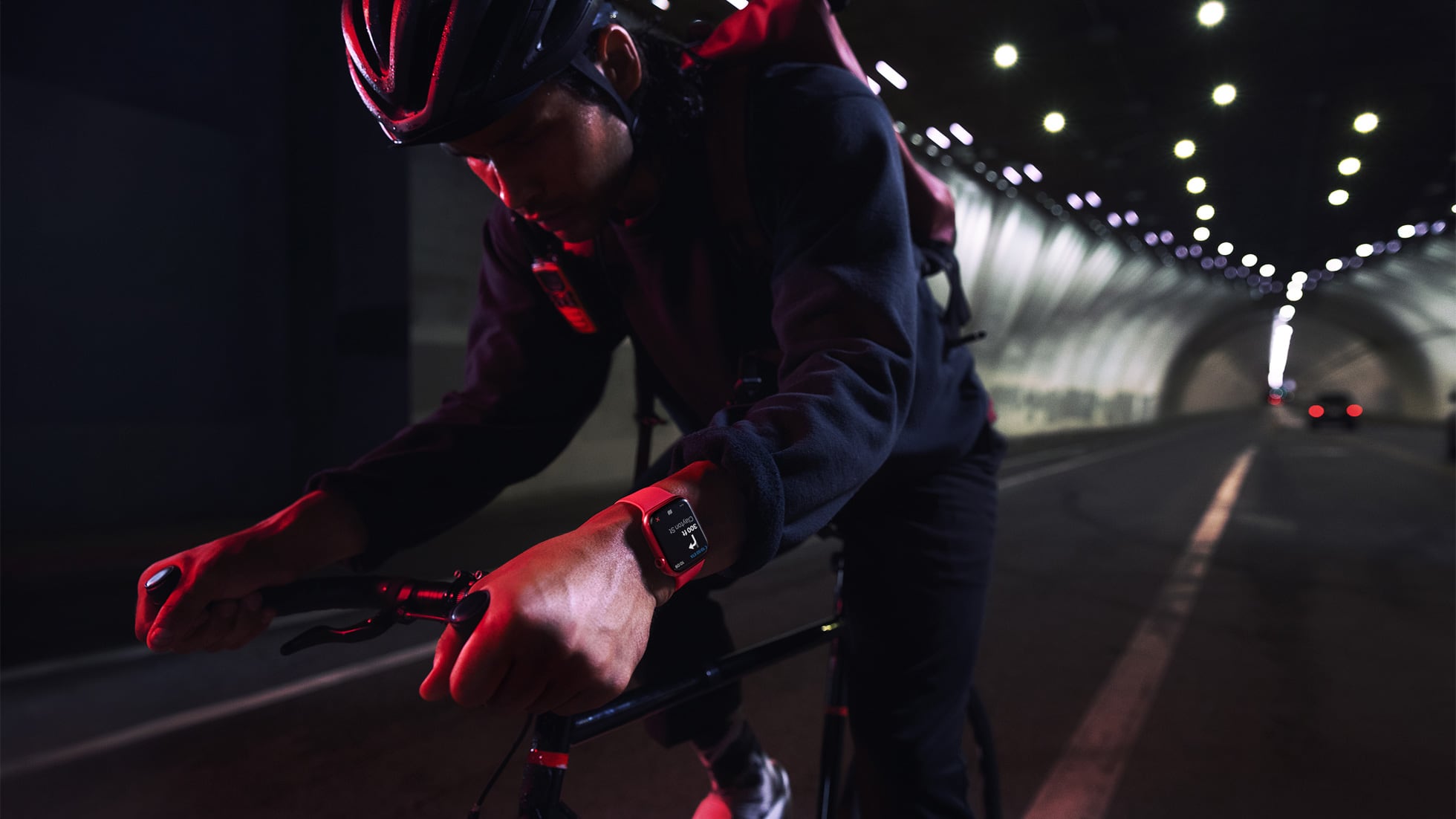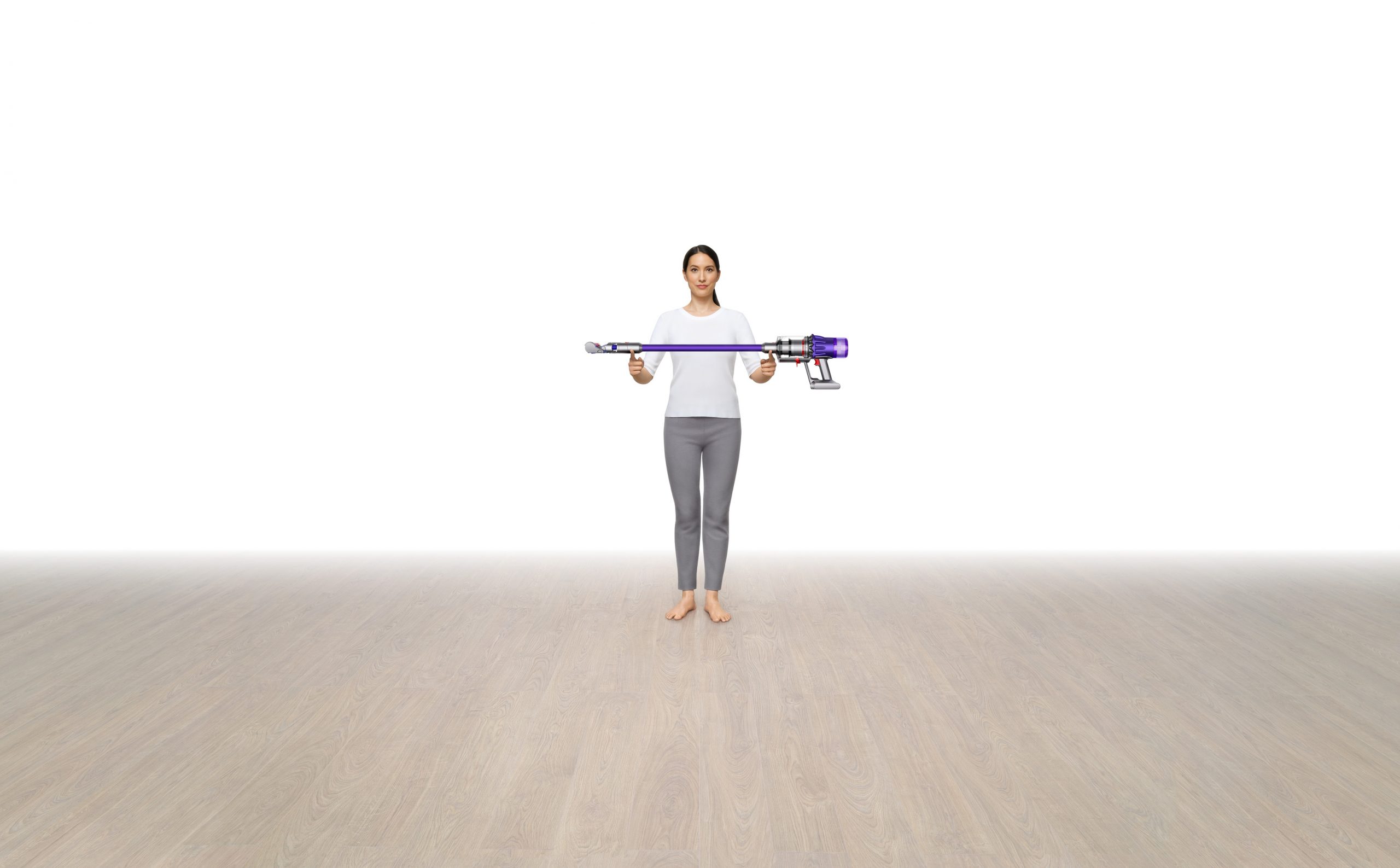
Nothing to do in Singapore, so you want to go explore Sungei Buloh and photograph some local wildlife? Maybe you can consider taking Sony Alpha 1 with you.
Aptly named the Alpha 1 (a1), it is the flagship model of Sony’s Alpha interchangeable lens mirrorless camera series. In fact, it could well be the flagship of its genre with its unprecedented combination of fast speed and high resolution.

The a1 features a new Sony 50.1-megapixel full-frame stacked Exmore RS image sensor and an upgraded Bionz XR image processor that allows for up to 120 autofocusing (AF)/ auto-exposure (AE) calculations per second, 30 frames per second shooting, 8K 30p video recording and 4K RAW video output over HDMI.
SPECS
PRICE: $8,999 (body only), available in Lazada and Shopee
IMAGE SENSOR: 50.1-megapixel full-frame Exmor RS CMOS
SCREEN: 3-inch flippable touchscreen display with 1.4 million dots; OLED electronic viewfinder with 9.44 million dots
SENSITIVITY: ISO 50 to 102,400
SHOOTING SPEED: Up to 30 frames per second
CONNECTIVITY: Bluetooth, Wi-Fi, USB-C
WEIGHT: 737g (body only)
In addition, the a1 features 759 phase-detection AF points with the AF system covering around 92 per cent of the image area for better accuracy. Furthermore, Sony has upgraded its Real-time Eye AF with 30 per cent detection performance improvement over its predecessor.
And apart from Eye AF for humans and land animals, the a1 is able to provide Real-time Eye AF for birds too. It is said to use optimised algorithms for bird-tracking even if a stationary bird suddenly takes flight.

The camera also comes with 5-axis optical in-body image stabilisation. And Sony claims that the a1 has the world’s first anti-flicker shooting with both mechanical and electronic shutter. Usually, mechanical shutter reduces rolling shutter distortions, while the electronic shutter has the advantage of silent operation.
In short, the a1 is packed full of features that most amateur photographers and even some professionals might not fully utilise. For this review, I tested the a1 with a Sony 16-35mm f/2.8 GM lens and a Sony 70-200mm f/2.8 GM lens.
DESIGN
For a full-frame mirrorless camera, the a1 is surprisingly lightweight at 737g (body only) and compact compared to a DSLR with similar specifications.
FOR
+ Excellent image quality
+ Swift operation
+ Solid built
+ Superb handling
+ Sharp electronic viewfinder
+ Long battery life
AGAINST
– Very expensive
– Display cannot be flipped up for selfies
Sony claims that there are improved weather-resistant seals compared to its flagship predecessors. I will just take its word for it, because the build of the a1 feels really rock solid despite its light weight.
And I love its pronounced ergonomic grip. It allows all my fingers to be nicely wrapped around the grip for a good grasp of the camera. On some Alpha mirrorless cameras’ grips, there were no place for my pinky. So, you probably can save on a vertical grip for the a1.
On the side of the grip behind a latch door, there is a compartment for dual card slots for UHS-II SD cards or CFExpress Type A cards.
The left side houses plenty of ports, including 3.5mm jacks for headphone and microphone, an Ethernet port for quick uploading of photos to your computers, and a USB-C port for charging.

Furthermore, the a1 literally pushes all the right buttons in terms of control and button layout. All of them are positioned for easy accessibility.
Near the rear thumb rest, there are dedicated AF-On, AE-Lock buttons and an AF mini-joystick. This mini-joy-stick has a knurled texture for better grip and can also be used to navigate the camera’s menu as well as moving the AF point easily.

A shooting drive mode dial – sited on the camera’s top left – lets you quickly toggle through the shooting speed. Sitting below this dial is an AF mode selector that lets you switch from single AF to continuous AF and manual focus.
On the top right of the camera, you will find the photo mode dial and the exposure compensation dial. All the dials – except for the command dials – have a locking button to prevent accidental movement. These controls and logical button layout makes handling the camera an absolute joy.

With its 9.44-million-dot resolution, the a1’s electronic viewfinder is one of the sharpest I have ever used. It is really as good as an optical viewfinder.
On the downside, the touchscreen display cannot be flipped up 180 degrees for selfie taking. Not that this camera is ever designed for such a task.
PERFORMANCE
Operation-wise, this is the fastest mirrorless camera I ever used. Start up is immediate with shutting down taking only 1 second, compared with the usual two seconds each for its competitors.
Basically, there is no lag when you need to use it. You can power up the camera, turn any dials and the a1 is always enthusiastic in response.
Using an SD card with a writing speed rated at 299MB per second, the a1 shot 163 50-megapixel RAW images in 8.5 seconds before the buffer ran out. That is simply mind-blowing speed and buffer.

The AF performance is equally impressive. In bright sunlight, AF was instantaneous. Even in dim lighting conditions, the camera took 0.5 seconds to focus with the help of the AF assist light.
With its Real-time Eye AF for birds, you will be able to up your bird photography game easily. Just look at the photos of the birds that I managed to photograph at Botanic Gardens using just the 70-200mm lens.

Image quality is quite simply superb. There are sharp rendition of pixels with vibrant colours, great dynamic range, and full of details even in darker areas. You can do a tight crop and still get clear details, as you can see from the photo below.

Noise performance is excellent too. There were very few noise artefacts all the way to ISO 6,400. Noise became more visible at ISO 12,800, but detail loss remained minimal.
Even photos taken at ISO 25,600 are good enough for small prints and Web use, as I found out when photographing community cats in my neighbourhood at night using that ISO setting.

But I would not recommend anything at ISO 51,200 and above. The detail loss and discolouration gets pretty obvious, as you can see here below. However, this is probably expected with an image sensor that has such large megapixels.

BATTERY LIFE
Rated at 530 still images on a full charge, this is lower than its closest cousin a9 II that is rated at 690 still images.
But in my tests, the a1 was able to shoot around 800 still images before the battery went flat, while most mirrorless cameras usually manage around 350.
VERDICT
The Sony a1 is undoubtedly the best full-frame mirrorless camera that money can buy right now. Despite its hefty price tag of S$8,999 (body only), it is actually worth every dollar of it.
By comparison, Canon’s flagship full-frame DSLR EOS 1D X Mark III and Nikon’s flagship D6 both cost near the S$10,000 mark. So, the Sony a1 can be considered to be of great value for money.
The only question is whether you need such a superb camera like the a1?
RATINGS
FEATURES: 9/10
DESIGN: 9/10
PERFORMANCE: 10/10
BATTERY LIFE: 9/10
VALUE FOR MONEY: 9/10
OVERALL: 9.5/10 (SGEEK Editor’s Choice)





